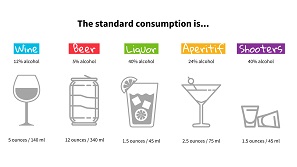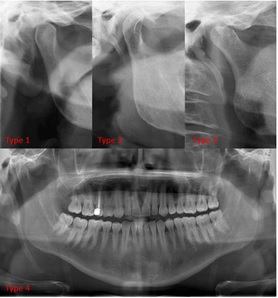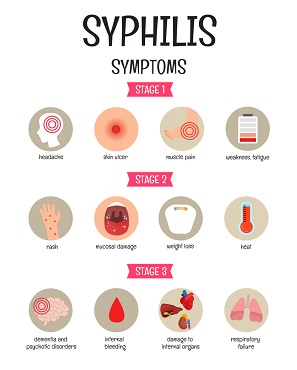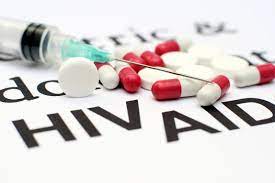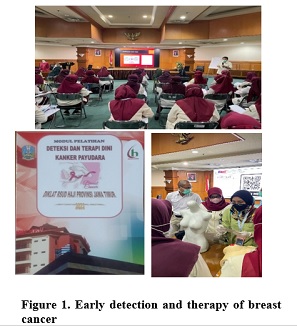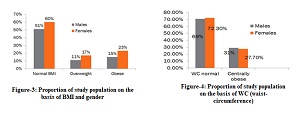MEDICATION ERRORS: A PROSPECTIVE STUDY IN MOHAMED V MILITARY TEACHING HOSPITAL, RABAT, MOROCCO

Downloads
Medication errors (MEs) are preventable events that may cause or lead to inappropriate medication use or patient harm. Annually 98,000 patients die because of avoidable MEs, and it is considered a financial burden on public health organizations. The purpose of our study was to examine the incidence rate, types, and causes of medication errors. We conducted a prospective, descriptive study from 1st November 2018 to 1st March 2019 at Mohammed V Military Teaching Hospital in Morocco. We performed prescriptions analysis for all patients, and the proper corrective measures were taken. We analyzed 19,200 prescriptions during the study period and made 2,152 (11.20%) pharmaceutical interventions (PI). We identified 752 medication errors (34.94%) of the total PIs) in 562 patients, with an incidence rate of 3.91%. The number of medication errors was higher in men than in women. The most frequent medication errors were: drug interaction errors, dosage or concentration errors, and dose errors. Bearing in mind the outcomes of our study, it is crucial to raise awareness among healthcare professionals of the significance of medication errors. Further investigations are required to fully understand and establish measures to reduce the prevalence rate of medication errors.
Copyright (c) 2022 Youssef Moutaouakkil, Zouhair El Allali, Samira Serragui, Mina Ait El Cadi, Jamal Lamsaouri, Rachid El Jaoudi, Yassir Bousliman

This work is licensed under a Creative Commons Attribution-ShareAlike 4.0 International License.
- The journal allows the author to hold the copyright of the article without restrictions.
- The journal allows the author(s) to retain publishing rights without restrictions.
- The legal formal aspect of journal publication accessibility refers to Creative Commons Attribution Share-Alike (CC BY-SA).
- The Creative Commons Attribution Share-Alike (CC BY-SA) license allows re-distribution and re-use of a licensed work on the conditions that the creator is appropriately credited and that any derivative work is made available under "the same, similar or a compatible license”. Other than the conditions mentioned above, the editorial board is not responsible for copyright violation.






















